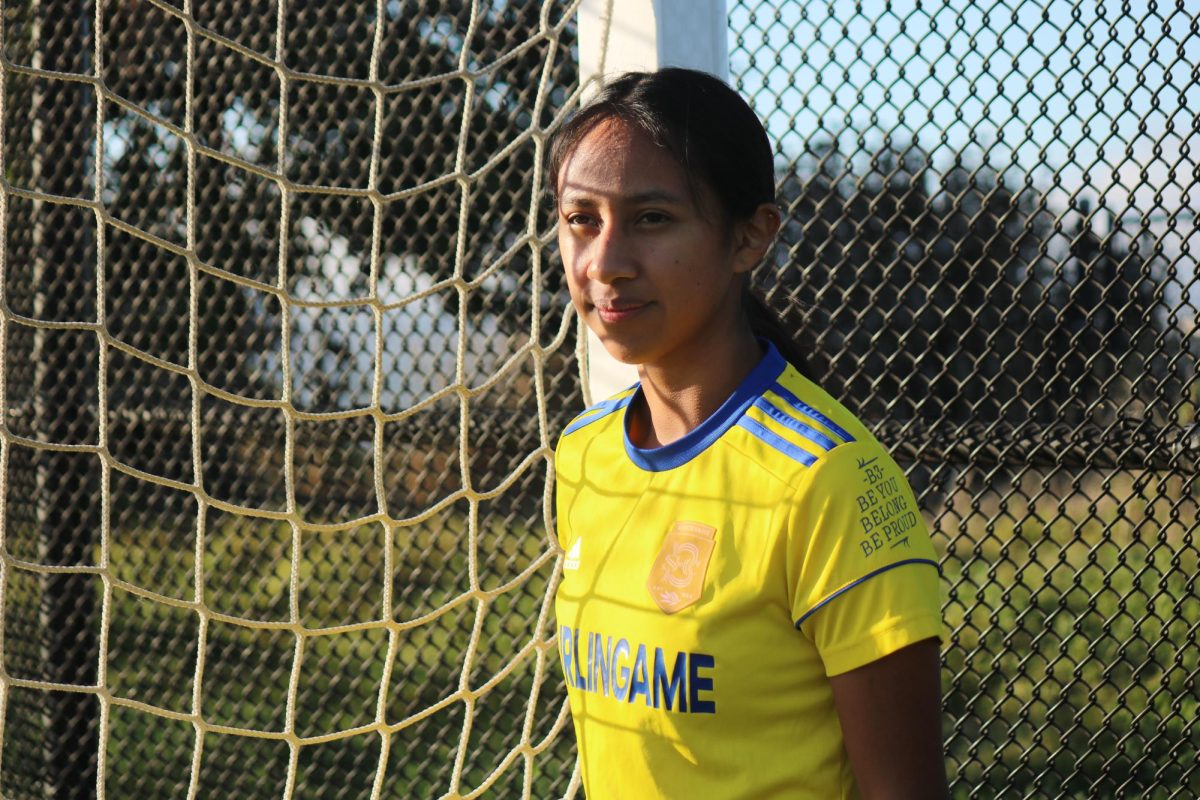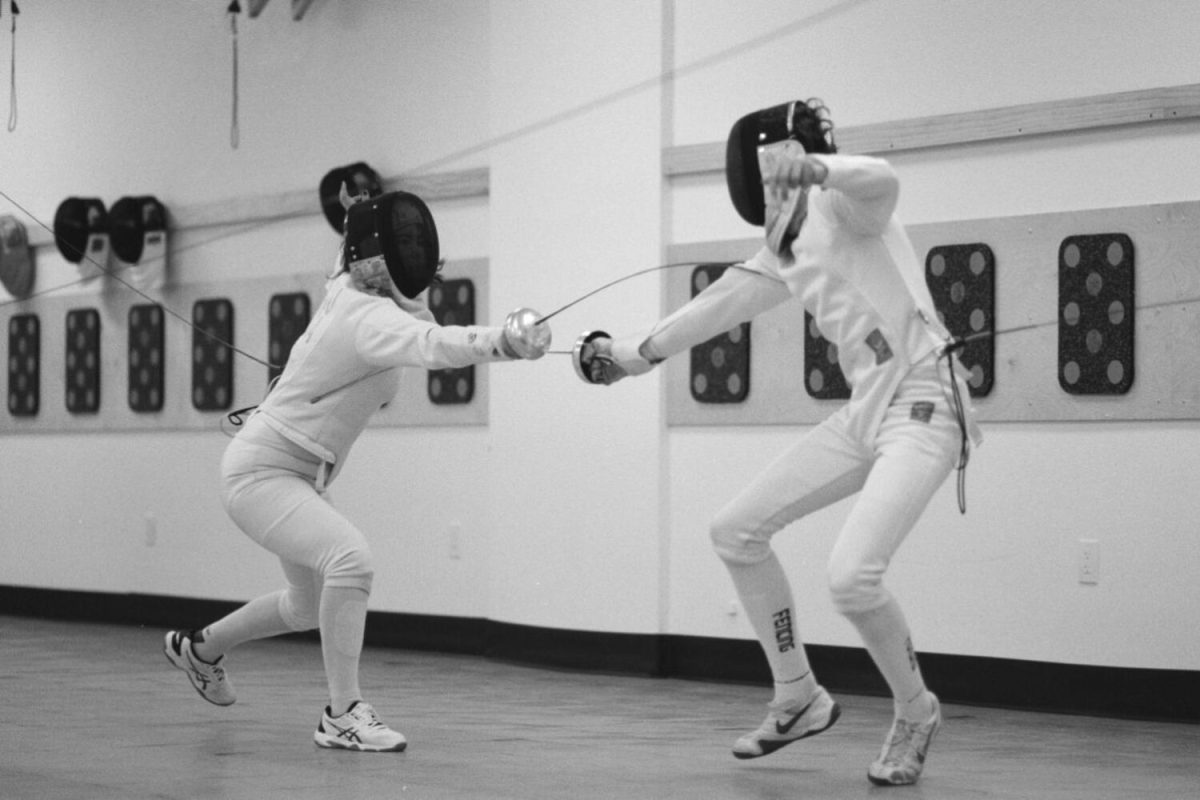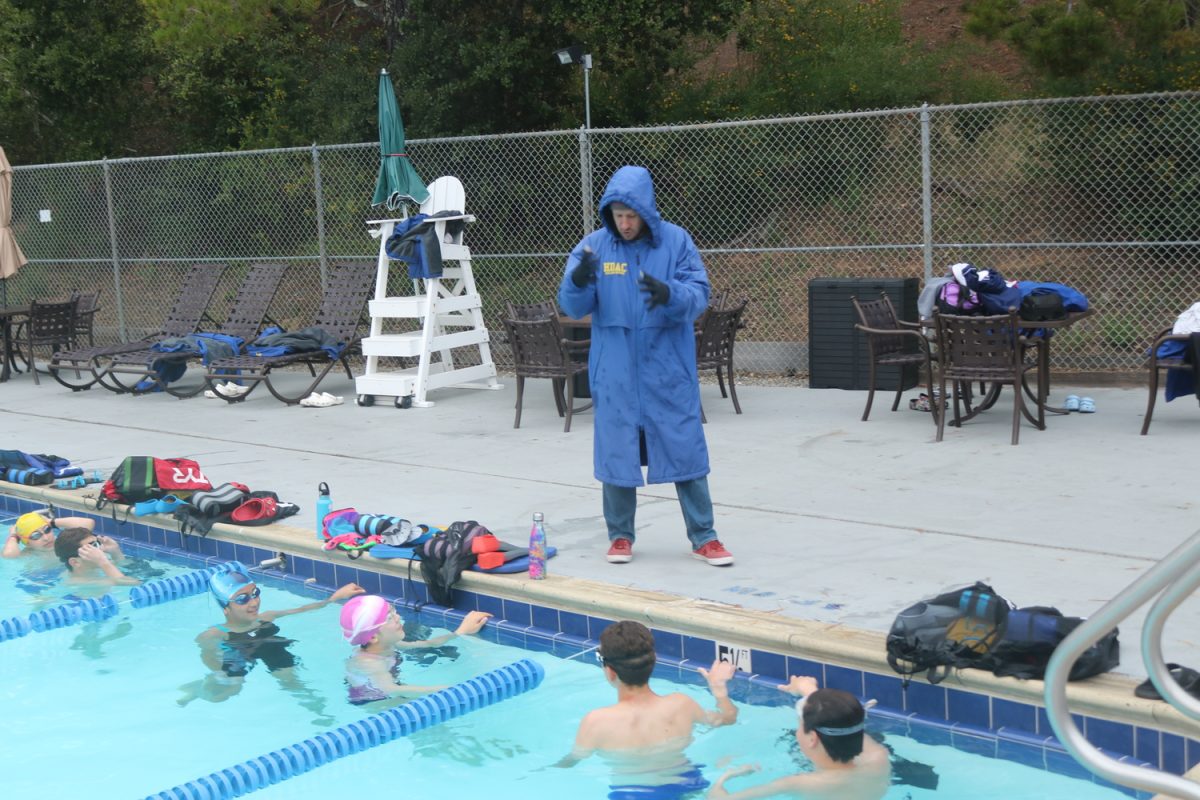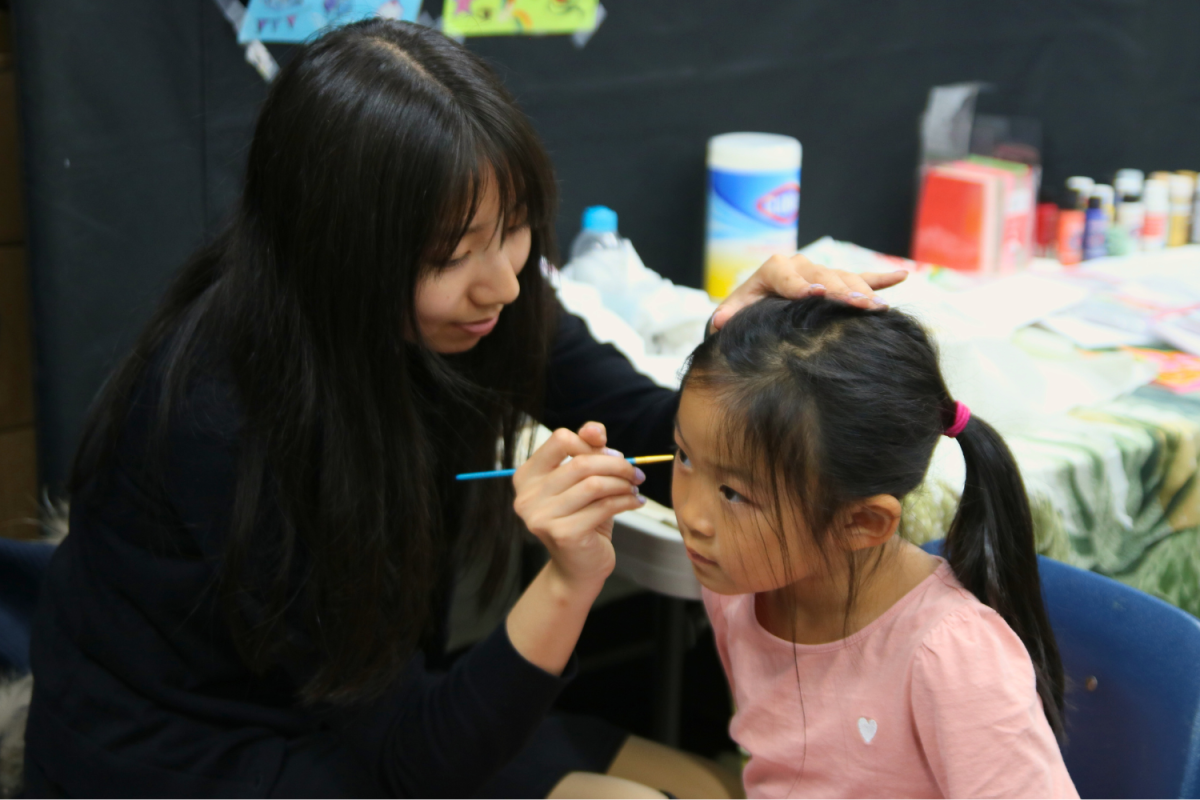Past
From enduring harsh criticism and violent opposition during its early days to finally securing equal pay, women’s soccer has come a long way. Despite remarkable strides in recent years, the struggle for true equity within the sport remains.
Soccer was invented in England in 1863. At that time, it was not the norm for women to partake in sports, so women’s soccer did not exist until 1894. Netti Honeyball (a pseudonym, real name unknown) and 30 other young women founded the first known women’s professional soccer club: the British Ladies Football Club.
They had a brief moment of fame when thousands of fans came to support them. However, it came with a lot of criticism, including an often-used remark that “girls were playing a ‘man’s game.’” Facing growing criticism and even violence, the team eventually had to stop playing due to safety concerns.
During World War 1, there was a major social shift in the presence of women in society. While men went to war, women had to step up, filling in for their jobs, including forming soccer teams. Despite gaining popularity in women’s soccer, in 1921, the English Football Association (FA) banned female soccer teams, deeming them unsuitable and unsafe. Other countries followed suit.
Later, in 1971, the first Women’s World Soccer tournament was held in Mexico, but it was never recognized as the first World Cup and was erased from the sport’s history. It took another 20 years for the first official FIFA Women’s World Cup to be held in China.
A significant achievement for the United States Women’s National Team (USWNT) was securing their second World Cup victory, propelling the team into the global spotlight. It inspired young female athletes worldwide.
The girls on that team, including Michelle Akers, Brandi Chastain, and Mia Hamm, became legends for establishing the USWNT as the best in the world and for female athletes to be taken seriously.
Present
The establishment of the National Women’s Soccer League (NWSL) in 2012 paved the way for a new era of professional opportunities. It created a stage for professionals to put their talents out onto the field for the world to see that women are just as capable of playing at the same level as men.
A key milestone in the progression of women’s soccer was when the USWNT achieved equal pay. In May 2022, they joined with the United States Men’s National Team (USMNT) to sign a bargaining agreement. They had filed a $66 million lawsuit against United States soccer over institutionalized gender discrimination due to unequal pay and working conditions compared to men. They settled on $24 million, which includes back pay for previous World Cup prize money and commitment for men and women to receive equal pay rates on all fronts going forward. This marks the first time in soccer history that a national team would receive the same pay as a male in the World Cup.
The USWNT is ranked third among women’s soccer teams in the world according to FIFA and has won four World Cups.
Jillian Quan has played soccer at various levels since she was 3-years-old.
She said playing high-level club soccer was a rewarding experience. Not only did she get to play and excel at the sport she loves, but she also met different players through multiple teams and made new friends. As the head coach of the Carlmont girls varsity, she said it is rewarding to see players improve their skills and develop as players and individuals.
Women’s soccer has improved so much since I’ve started playing. There is an overall increase in the interest to play and to continue playing, whether in college or pro.
— Jillian Quan
“Women’s soccer has improved so much since I’ve started playing. There is an overall increase in the interest to play and to continue playing, whether in college or pro. I feel like women today are more serious about training outside their team practices to improve their skills, and it’s paying off. With higher skill levels, the level of play increases, and more people are excited to watch women’s soccer. There is a lot more opportunity for girls to get recruited to play in college, and with the high level of play, there has been an increase in the number of women’s pro teams being added to leagues,” Quan said.
This year, the Women’s World Cup was held in Australia, and it was the most successful in history, with a record-breaking 1.4 million tickets purchased for 64 games and close to 10 million viewers in Australia alone.
The monumental achievements accomplished over the years to push women’s soccer forward have been incredible, yet there are still disparities. There is a gap in the amount of fans and support shown to female soccer players compared to men.
“I would say that I have not seen a difference between women’s and men’s soccer at UCLA. We do not have club facilities, but all athletes have access to the same facilities and treatment. There is a difference for fans showing up to games. I would say more go to the football and basketball games for men than they do for the women sports,” said Mia Khouri, a UCLA club soccer player.
Although the USWNT received equal pay, that is not the case in other parts of the world. FIFA president Gianni Infantino’s base salary and bonus package is 3.9 million. He promised every player would get at least 30,000 in June. Still, he says it would be up to the national soccer federations.
A study by FIFPRO shows that 29% of women’s soccer players have yet to receive payments from their national teams for World Cup qualifying tournaments this year.
Gender disparities in resources are evident even at the school level. Zara Dijcks, a player for the Carlmont girls’ soccer program, expressed her observations about the unequal access to school resources.
“I think that the boys’ teams have more access to school resources in the sense that they have access to the weight room and a larger coaching staff. The girls had two coaches for two teams and don’t have a freshman team while the boys do,” Dijcks said.
Future
The game of soccer has been growing in popularity. According to FIFA, in 2023, there are 16.6 million women and girls worldwide in organized soccer. FIFA aims to increase this count to 60 million by 2026.
My hope is that there is more equity for the future of women’s soccer in terms of payment, publicity, coverage, and the overall experience. Women are making progress in the field of soccer with the National team, and I hope that progress continue.
— Mia Khouri
In addition to the number of players, the growth in women’s soccer will come from coach and referee developmental programs, new FIFA competitions, innovative marketing and communications campaigns, and an updated regulatory framework.
“My hope is that there is more equity for the future of women’s soccer in terms of payment, publicity, coverage, and the overall experience. Women are making progress in the field of soccer with the National team, and I hope that progress continues.” Khouri said.
The success of major women’s sports events, including the 2023 World Cup, shows the potential to attract bigger audiences and gain more support, which justifies the expanded media coverage. While the media coverage of women’s soccer and sports, in general, has been increasing over the past few years, the gap compared to men’s sports coverage is still significant.
Another area of improvement is to bring more women into leadership positions, whether as team coaches, league leads, or sports media executives. Organizations run by women have better chances of connecting with female players and female fans alike. Adding a female perspective to all decision-making around soccer would be very beneficial.
Female soccer players have gone a long way in mastering the sport, bringing as much intensity, skill, and excitement to the game as men because of their determination to succeed.
“Work hard and focus on setting good foundations. Even when things get difficult, push through, and things will eventually get easier. If you build a strong foundation with the basic skills, the fun begins, and learning higher skills comes into play. You need more than just the basics to play at a highly competitive level of soccer. Having a good understanding of the game (rules, strategies, tactics) and knowing how to work with teammates is also important,” Quan said.
































